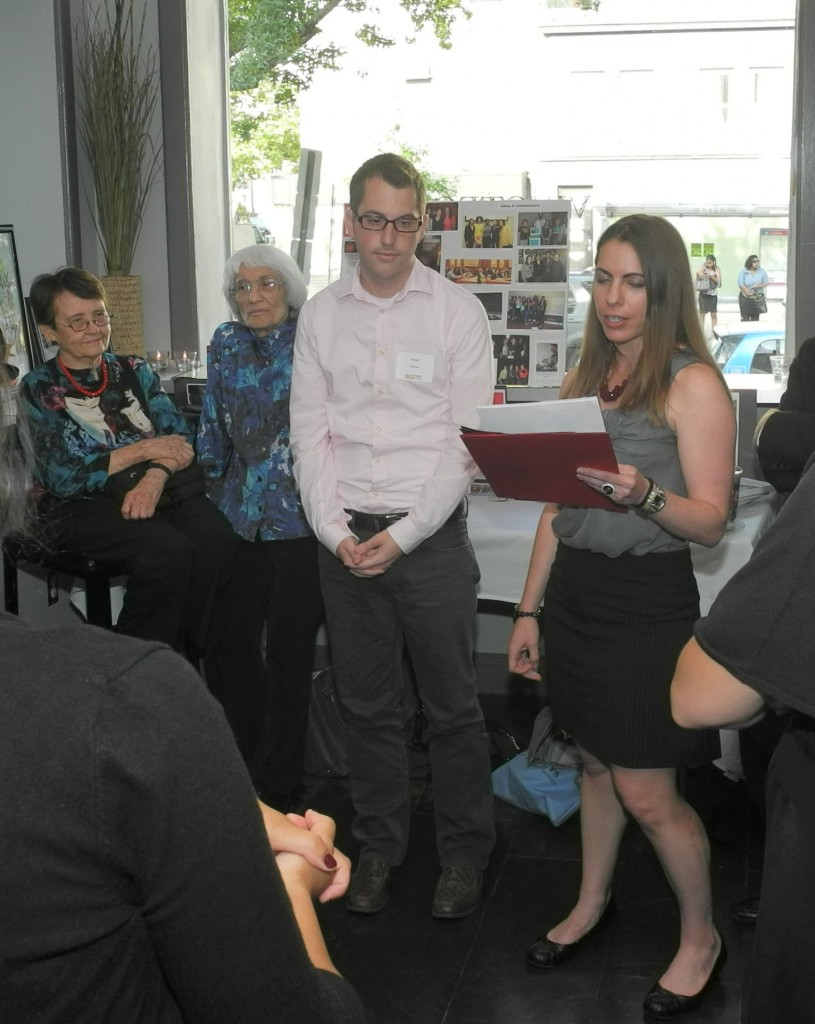Trigger Warning
By: Gcobani Qambela, South Africa, SSH Correspondent

I spent much of this past week speaking to self-identifying lesbian women in the rural town of Peddie in the Eastern Cape, South Africa. South Africa, despite progressive same-sex legislation, still presents an extremely hostile environment for non-heterosexual sexualities. It was just two weeks ago when we heard of the brutal murder of Duduzile Zozo.
Zozo was a 26-year-old lesbian woman who passed away in a lesbian hate crime, and was found dead with a toilet brush stuffed into her vagina. Such crimes are however not primarily against lesbian women for heterosexual women too are often also victim to such violent crime. A few kilometres from Peddie for instance, in Grahamstown, Thandiswa Qubuda was beaten, raped and died after having been rendered brain dead after the assault on her.
The women I spoke to this past week were full human beings who possessed so much joy, love and happiness. They had sexuality, and were not afraid to express it both inwards and externally. They all however said showing their love and sexuality publicly was often eclipsed by complaints of men (and sometimes even women) that they say chase them in the streets harassing and doing other ignorant things. Thenjiwe* for instance told me that it is not uncommon for men to harass her in the streets asking things like, “How do you lesbians do it?”**, or men telling her that they can “fix” her from being a lesbian through their penis or even other women uttering homophobic remarks and threats at her. As a result of this, she said her worst fear is rape for she often walks through a dark park home.
In South Africa it is often the major crimes that make the national headlines that are taken seriously, while the daily harassment which many women and (gay) men experience in the street falls to the side. It is important that the government and individuals make the connection between ‘everyday misogyny’ and the larger societal problems that we have in South Africa like rape and patriarchy.
Many people for example are shocked when there is news of lesbian women that have been raped and murdered and see this event as something that is separate from their lives – something that they would not do yet they participate in it daily. Men who harass lesbian women in the streets uttering homophobic slurs do not seem to understand that they are participating in the same process as the person who eventually rapes and kills a woman.
Many men would say they would never rape a woman or have sex with a woman without her consent, yet why then is it okay to harass (and humiliate) lesbian women in the street when this is clearly something that they do not desire? Everyday misogyny experienced by many women from largely men who find it okay to whistle, harass and touch women inappropriately ultimately sends the message to other men watching that it is okay to mistreat women.
This creates an enabling environment for other opportunistic miscreants to take this mistreatment further by assaulting, raping and ultimately also murdering women. Men need to understand, stop and speak out against not only the ‘big’ crimes like rape, assault and murder, but also especially against the ones that are regarded as the ‘smaller’ one like street harassment which makes it difficult for so many people to enjoy their freedom of movement.
In South Africa where we have a painful history of oppression, we better than anyone else, should realise the importance of allowing people full freedom regardless of gender or sexual orientation to live peacefully and freely in the country. Until South Africans start seeing the connection between everyday street harassment and societal issues such as rape – we are not going to be able to get to the heart of these and we are unfortunately going to continue to see more of this patriarchal violence inflicted especially on women.
*Name has been changed.
**They are asking how lesbian women have sex for they do not have a penis.
Gcobani is completing his Masters in Medical Anthropology through Rhodes University, Grahamstown, South Africa. His research centres around issues of risk, responsibility and vulnerability amongst Xhosa men (and women) in a rural town in South Africa living in the context of HIV/AIDS. Follow him on Twitter, @GcobaniQambela.


